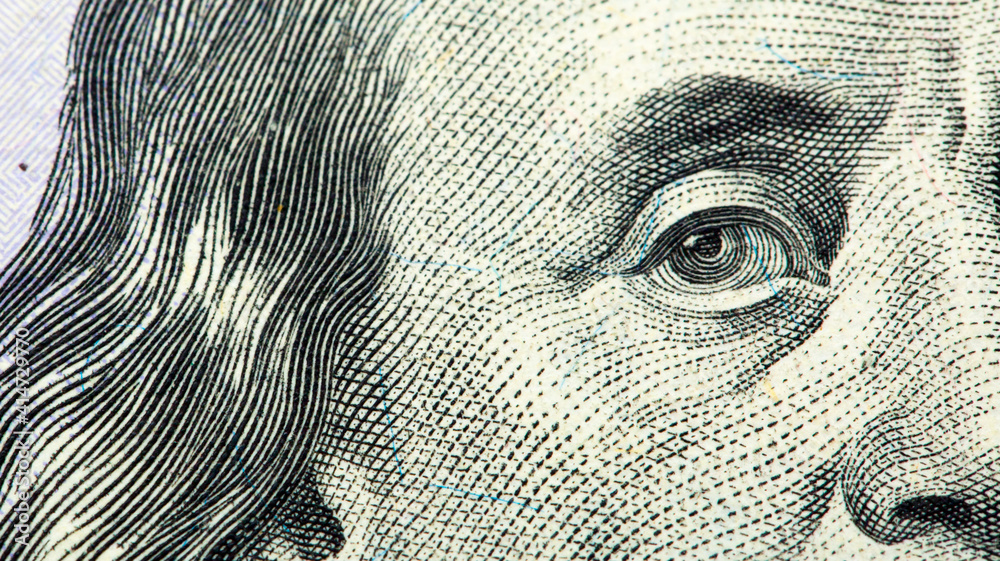
As New York Knicks point guard Jeremy Lin drove down the lane for an amazing layup, one NBA commentator pointed out that it was “Steve Nash-esque” in style.
Coming off the bench, Lin has become an overnight phenomenon, gracing back-to-back covers for Sports Illustrated — the only other NBA players to receive this honor are Michael Jordan, Kareem Abdul-Jabbar, Bill Walton and Dirk Nowitzki.
Beyond the hoopla of the media and glamorous lights of Madison Square Garden, America’s underlying racism toward Asian-Americans laid dormant, waiting to show its face the moment Lin became a household name.
Asians making headlines in a major league American sport is somewhat of a rarity. While the country might have been used to seeing Yao Ming on their television screens over recent years, Lin’s rise from obscurity is almost a spectacle too difficult to grasp by both the talking heads of sports and the audience alike.
After the Knicks lost against the New Orleans Hornets, ESPN sought to incorporate “Chink in the armor” both as a headline for their mobile site and as a phrase used by one of their anchors over the air.
The writer, Anthony Federico, has since been fired, and the anchor, Max Bretos, was handed a month’s suspension.
Foxsports.com writer Jason Whitlock tweeted a sexist and racist double-whammy with “Some lucky lady in NYC is gonna feel a couple inches of pain tonight,” after a Knicks victory over the Los Angeles Lakers.
According to a Gothamist.com poll asking readers if the outrage over the Lin headline was justified, about 50 percent of the total 3,373 participants believed that it was.
“There’s still a stereotype of passiveness associated with Asian-Americans,” says Asian-American studies professor Allan Aquino. Immigrants make up the majority of the Asian-American population in the United States, and matters pertaining to media depictions aren’t exactly high on the list of community issues.
However, Aquino believes that since the advent of the Internet, “Times have changed, and it’s not as easy to get away with stereotypes or saying something negative about race without repercussions.”
Just ask racist UCLA undergrad-turned-pariah Alexandria Wallace after she uploaded her tirade about Asians in the library onto YouTube last year.
The “Linsanity” was controversial not only because of white racism against Asian-Americans, but because it revealed an uncomfortable ambivalence between African-Americans and Asian-Americans.
Boxer Floyd Mayweather isn’t exactly one to hold his tongue whenever an idiotic thought pops up in his head, but even his tweet – saying that Lin is a good player because he’s Asian and that when black players do the same, they’re not getting the same amount of praise – reaches a new level of ignorance.
As if Mayweather somehow forgot the praise Michael Jordan, Kobe Bryant, and LeBron James – to name a few – have all received throughout their great careers. Deon Cole, an African-American writer for the late night talk show “Conan” offered his own input, jokingly stating that he hopes Asians don’t take over basketball because “that’s black peoples’ territory.”
Racism in sports is by no means something new. Read about the history of the Negro Leagues in baseball and you will see how ugly matters of race can become.
The difference between then and now is that even though racism toward African-Americans is still apparent in this country, one will never see any of the major networks use the same amount of racial remarks against African-American players that Lin has received this past month.
Why does the media feel that it’s still okay to shoot with an arsenal of stereotypes and racial slurs at Asian-Americans? And why does it seem that African-Americans are apathetic to the offenses, if not egging them on?
The cause for the complicated relationship between the African-American and Asian-American communities is somewhat difficult to ascertain. The model minority stereotype depicts Asian-Americans as being more successful in education and finance than other minorities, despite also facing discrimination. At the height of this stereotype’s popularity in the early 1980’s, the media warped people’s perceptions of Asian-Americans with longstanding effects.
Through a combination of predominantly African-American areas falling victim to socioeconomic problems and Asian-Americans being seen as successful “honorary whites,” tension between both racial groups was inevitable.
This was evident during the 1992 L.A. riots when Korean-owned businesses became a primary target for violence by African-Americans, indignant at the light sentence a Korean woman received for shooting a 14-year-old African-American girl named Latasha Harlins.
A shift in attitude is coming though, even if it is at a level as micro as the individual. African-American director Spike Lee, who has produced critical race films such as “Do the Right Thing” and “Malcolm X,” seems to be changing his view of Asian-Americans because of Lin. In his 1992 biopic of Malcolm X, Lee purposefully left out Japanese-American activist Yuri Kochiyama – an integral figure in the civil rights leader’s life – in the scene where Malcolm X gets shot. This was much to the chagrin of the Asian-American community because in reality, Kochiyama held the civil right’s leader’s head in her lap as he died.
These days, one is likely to witness Lee sitting courtside at a Knicks game, believing he was Jeremy Lin’s number one fan by the level of admiration and respect he has for him.
As the headlines and discussions about Lin eventually subside for the next news-worthy athlete, there won’t be a way to fully determine if the media has learned its lesson from the racial fallout that occurred during the month of “Linsanity.”
But perhaps by then there will be some kid driving down the lane during a pick-up game of basketball with his friends, and they will tell him that is was “Jeremy Lin-esque.”
—Kevin Guzman is a Senior majoring in Asian-American studies and produces content for the AAS newsletter.





